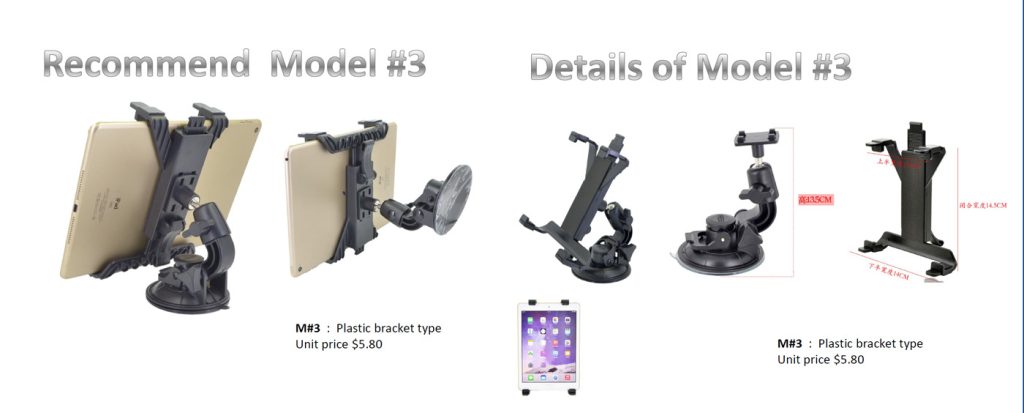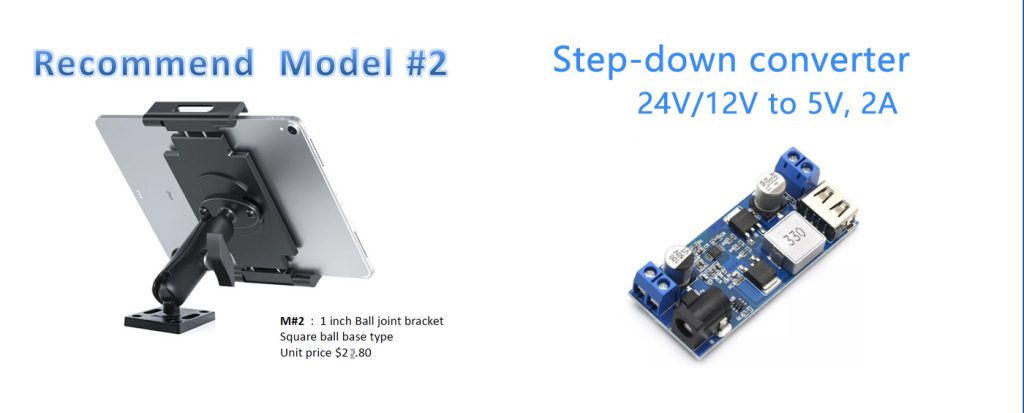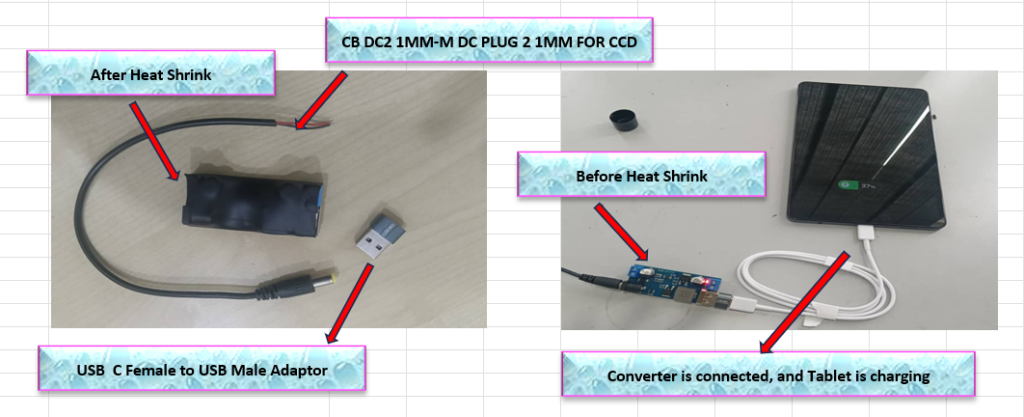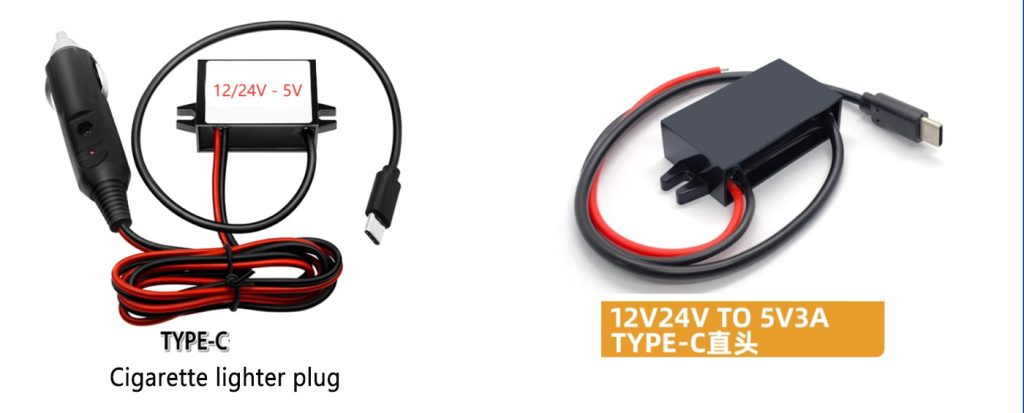A practical supplier’s story that may help you with similar needs
When working with commercial fleets, every project begins with a simple request—but the real value comes from how we respond to it. Recently, we received an inquiry from a Malaysian fuel-tanker fleet. They were rolling out tablets to improve route management and needed something that sounded straightforward:
“We are looking for a strong and good-quality iPad holder.
We’ll start testing with five trucks. If all goes well, we may need 400 units later.”

For a supplier, this is where the real work begins—not just sending a catalog, but understanding the environment, the risks, the expectations, and offering the right guidance.
Step 1: Understanding the Customer’s Real Environment
From the very first message, I knew this wasn’t a simple “sell a tablet holder” case.
These were fuel-tanker trucks, running long hours, exposed to heat, vibration, dust, and constant movement. That instantly narrowed the options:
• No suction cups
• No weak plastic
• No consumer-grade gadgets
If the mount falls off in a private car, it’s annoying.
If it falls off inside a fuel tanker, it’s a problem.
So before quoting, I carefully shortlisted three mount options and explained the pros and cons honestly—something many customers appreciate:
-
Option 1: Premium metal holder used by many RAM-mount customers
-
Option 2: A cost-effective but sturdy model with aluminum + nylon composite (good balance)
-
Option 3: A plastic suction mount — cheap, but unreliable under heat and vibration
I didn’t just tell them what to buy—I explained why some options weren’t suitable. It builds trust.
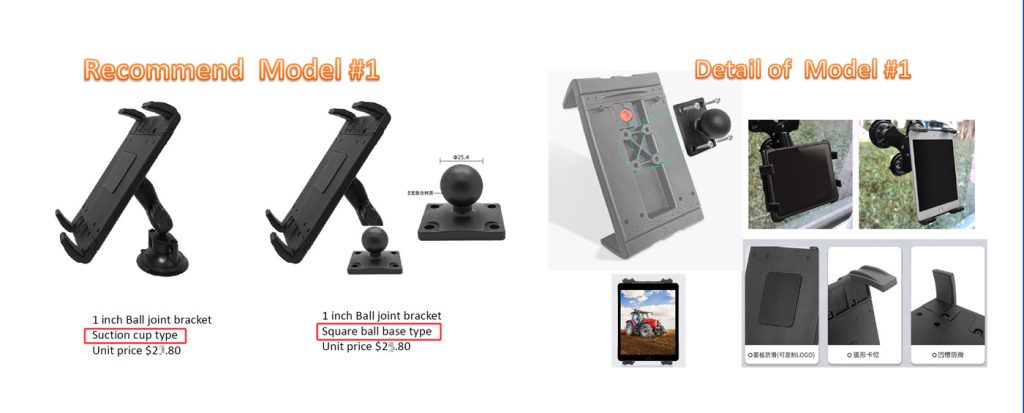
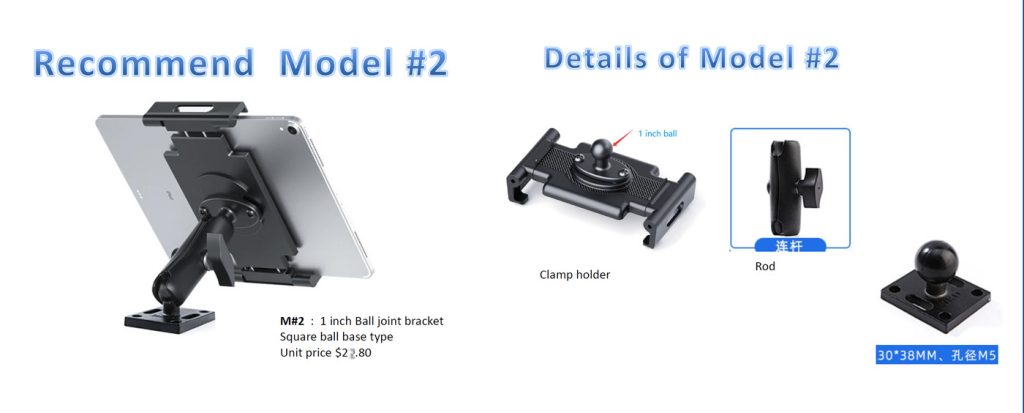
Step 2: The Customer Chooses Model #2 — And Adds a New Requirement
A day later, the customer replied:
“We would like to order 6 pieces of Model #2 for trial.
Also, we need a 24V/12V– 5V step-down converter, 2A.”
This is something we in foreign trade often encounter: After deciding to try the product, customers will make second and third requests.
This is precisely an opportunity to establish long-term cooperation.
I sourced and recommended the right converter, carefully matching:
-
Output stability
-
Current requirements
-
Heat protection
-
Expected installation position
Samples were shipped the same day.
Step 3: The Best Part — Seeing the Customer Test and Install Everything
Five days later, we received another email—this time with photos.
The customer had already received the holders and converter and even added their own engineering touch:
“We bought extra DC plugs, a USB-C adapter, and heat-shrink tubing.
We sealed the converter to protect it from moisture and short circuits.
Everything works fine. We will finish wiring by Monday and install in five trucks on Tuesday.”
Seeing customers actively participate in the solution tells us we recommended the right products.
Their feedback also helps us improve future suggestions for similar fleets.
It turned out the customer was using it to charge their iPad. After clarifying the customer’s purpose, I found a more suitable alternative to their existing product:
Step 4: Why This Process Matters to Other Fleet Operators
If you run a logistics fleet, fuel tankers, buses, mining vehicles, or delivery vans, you might be facing similar questions:
-
What tablet holder survives vibration?
-
How do I convert 24V safely without damaging devices?
-
Should I avoid suction mounts?
-
What materials last longer in hot cabins?
-
How many test units should I start with?
This real case shows the approach that works:
-
Start with a small batch (5–10 units)
-
Test under real conditions
-
Adjust wiring and mounting positions
-
Scale confidently
As suppliers, our job is not to sell as fast as possible—it’s to make sure your fleet doesn’t end up replacing equipment every few months.
Step 5: What We Learned as Suppliers
Every project teaches us something valuable.
From this case, three lessons stood out:
1. Customers appreciate honest recommendations
Telling someone not to buy a cheaper mount builds more trust than pushing a sale.
2. Understanding field conditions is more important than product specs
A perfect product on paper may fail inside a vibrating, heat-exposed fuel tanker.
3. A small sample order can lead to a long-term partnership
The customer started with six units…
But the potential? 400 units—and more across future vehicle upgrades.
If You Have Similar Requirements, Here’s How We Can Support You
We help fleets and system integrators source:
-
Heavy-duty tablet holders (metal ball-joint, RAM-compatible)
-
Dashboard and cabin mounting brackets
-
24V→12V/5V DC converters for stable, safe power
-
Monitoring systems like MDVRs, cameras, and vehicle screens
-
Wiring, connectors, and protective accessories
And most importantly — we help you choose the right option, not just the easiest one to sell.
Whether you’re equipping five trucks or five hundred, we’re happy to walk through the details, offer recommendations, prepare samples, and support you through installation just like we did for this Malaysian fuel-tanker fleet.
If you’d like help identifying the best solution for your vehicles, feel free to reach out anytime.

